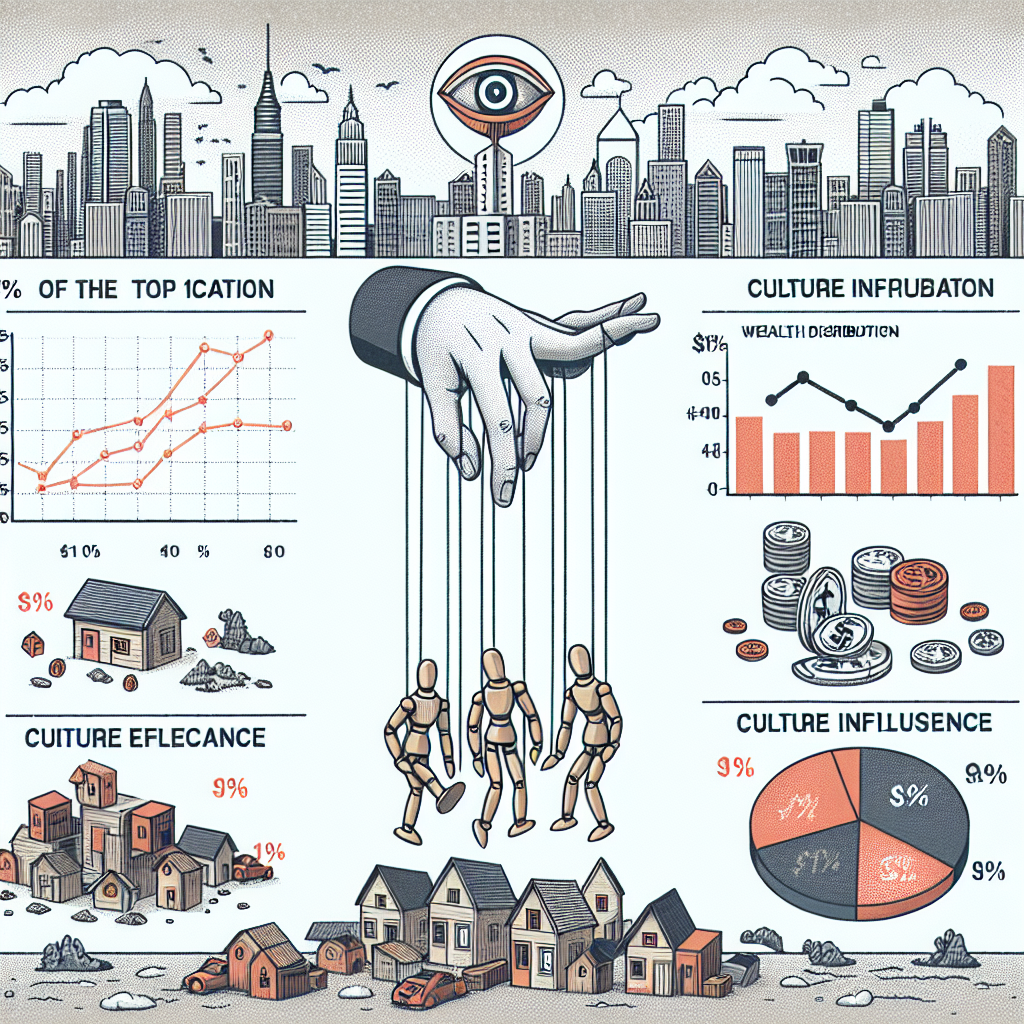Have you ever wondered about the impact of the top 1% on society? How their wealth influences politics, culture, and economics? Let’s delve into this topic and explore how the wealthiest individuals shape our world.
When we think about the top 1%, we often think of billionaires and millionaires who have amassed immense wealth. This small group of individuals holds a significant amount of power and influence in various aspects of society.
One area where the top 1% exerts their influence is in politics. Wealthy individuals can donate large sums of money to political campaigns, influencing policy decisions and shaping government agendas. This can lead to policies that benefit the wealthy at the expense of the rest of society.
In terms of culture, the top 1% also play a role in shaping trends and tastes. They have the resources to fund art projects, music festivals, and other cultural events that can have a lasting impact on society. For example, they may invest in certain genres of music or industries that align with their interests, leading to a homogenization of culture.
From an economic standpoint, the wealth of the top 1% can have far-reaching effects. Their investments can drive industry trends and shape market dynamics. This concentration of wealth can also lead to income inequality, as those at the top continue to amass more wealth while others struggle to make ends meet.
It’s no secret that the top 1% hold a disproportionate amount of power in society. Their influence extends into politics, culture, and economics, shaping our world in ways both seen and unseen. As we navigate these complex dynamics, it’s important to be aware of how their wealth impacts our daily lives.
